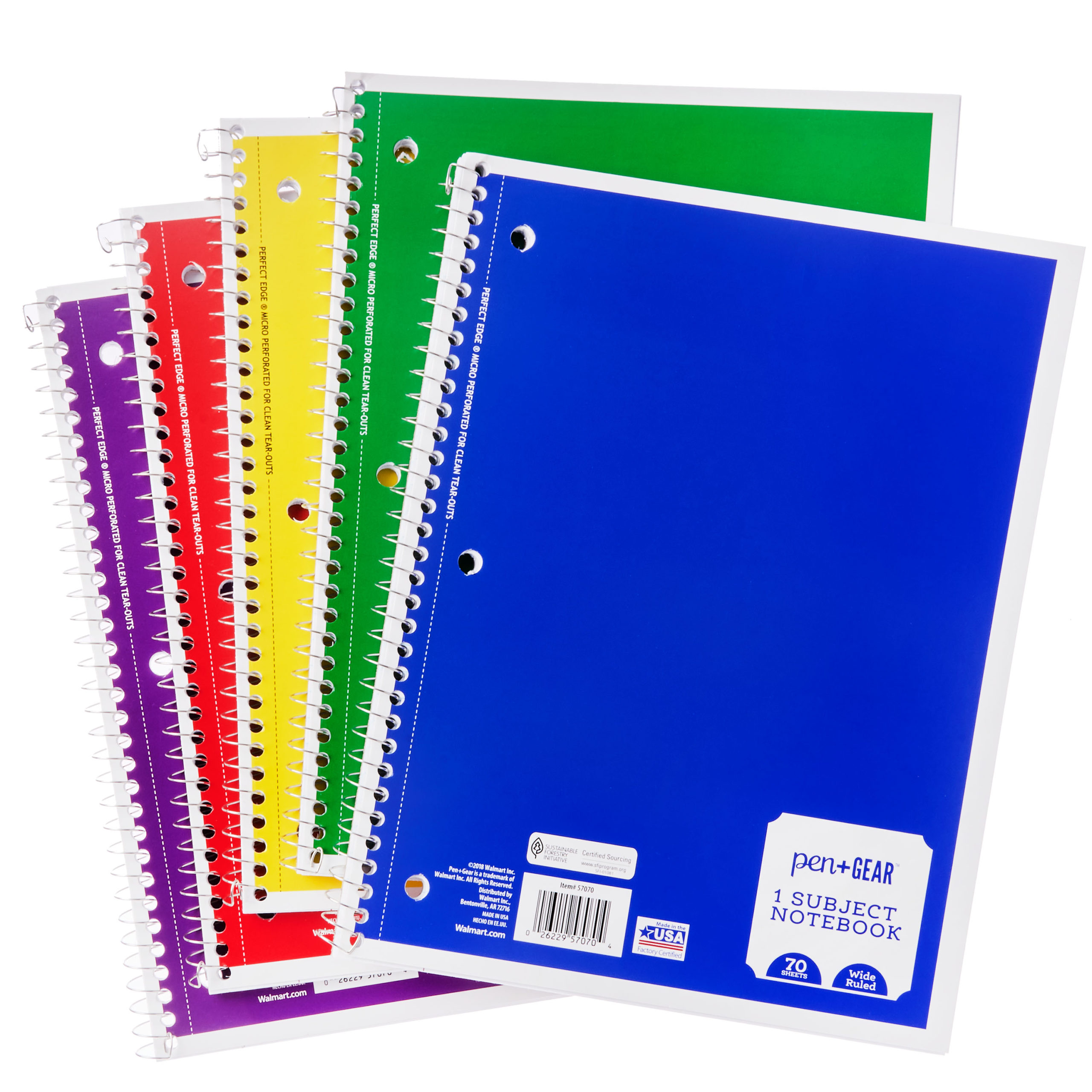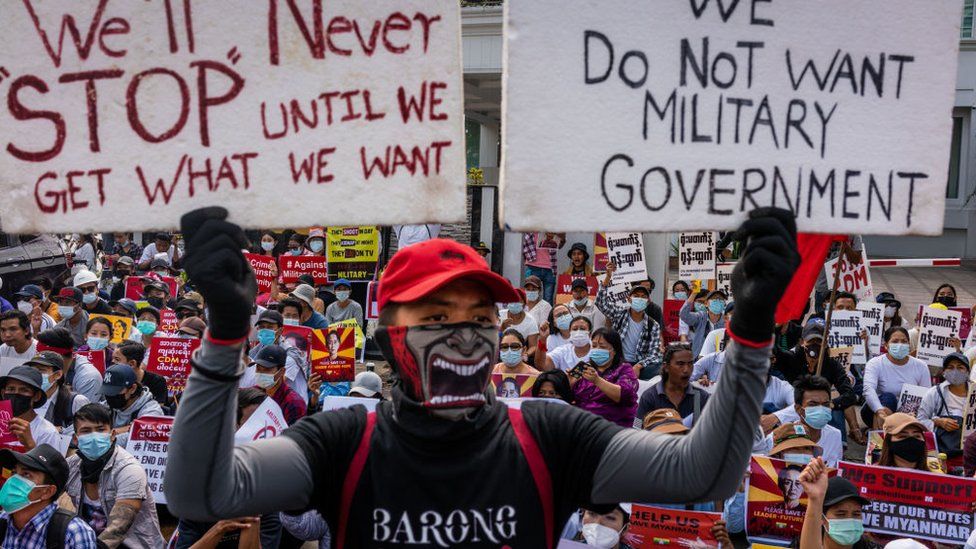When taking a look at the racial demographics of high schools in the United States, there is a clear disproportionality of who is enrolled in these rigorous courses. As stated by The Education Trust, Black high schoolers make up 15% of students nationwide, while Latinos make up around 15%. In these percentages, only 9% of Black students are enrolled in AP classes, and 21% of Latinos are in these courses. (edtrust.org, 2020) Due to financial disparities at home, Black, Hispanic/Latino, and Native American teens have less luck in attending a high school that offers AP classes. In 2014, The U.S Department of Education Office for Civil Rights released a report that claimed that high schools that had higher enrollment of Black and Latino students did not offer classes such as Algebra II or Chemistry (U.S Department of Education Office for Civil Rights, 2014). Underfunded high schools lack courses that help adequately prepare high schoolers for the college admissions process. There is inequitable access to these classes nationwide. Marginalized students are not prioritized and have less of an opportunity of taking classes that would benefit them.
Even if a student transfers from a less-privileged district to a better-funded high school that provides these high-level courses, marginalized students are less likely to sign up for these classes. A support system is built from a young age. If students do not have a proper education from a young age, they are less likely to take on challenging courses. This support system must start in elementary school. Rigorous classes that push their students are needed from a young age to keep these habits in place. From there, a middle school curriculum is needed that prepares students for high school level work. If students do not grow up in an environment that pushes their educational vigor, there is less of a chance for them to challenge themselves.
There is a lot to question when thinking about why the enrollment rate of these classes is so low for Latino and Black students. As earlier mentioned, funding has a lot to do with the accessibility of these classes. Another thing to consider is if there is educator bias. This is when a student’s classes that they take are based on their recommendations. These recommendations can be racially biased, depending on the teacher. Additionally, the language barrier is a huge obstacle for families. Languages that are spoken at home might not be spoken at school, leaving parents out of important conversations.
Catherine Lhamon, the assistant secretary for The U.S Department of Education Office for Civil rights once said: “We are not sending a message to those students that we expect them to succeed, that we are ready to educate them, that we will prepare them for their futures” (Lhamon 2020). Students may never know if they can take these classes or not because of self-doubt. Teachers must be there for their students, pushing them forward, and reminding them that they are capable.

